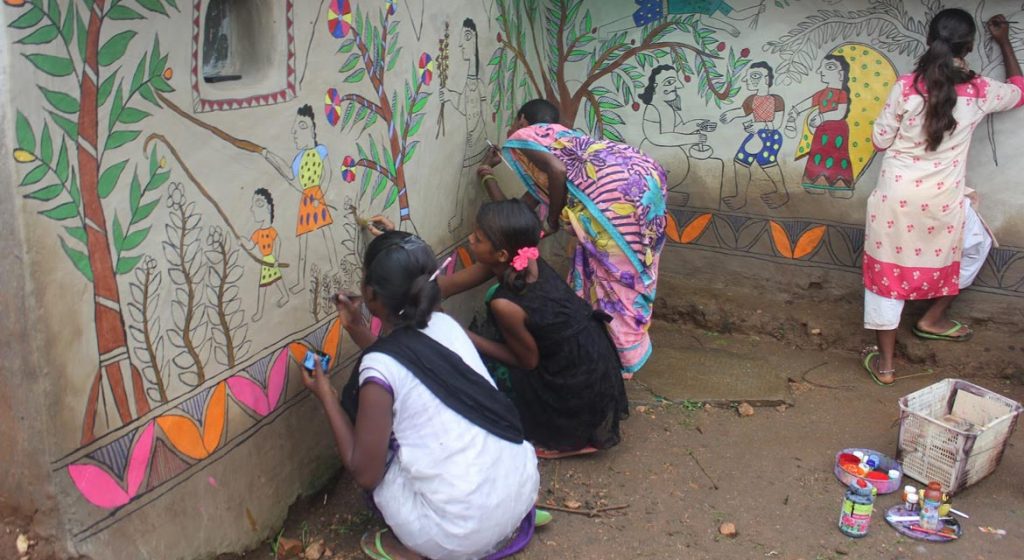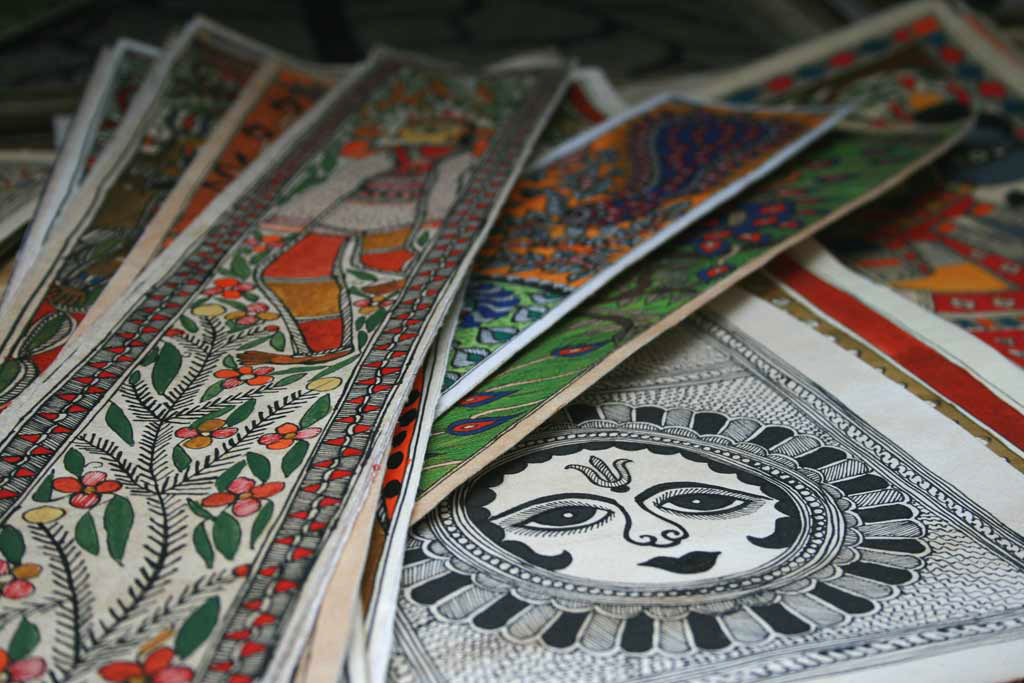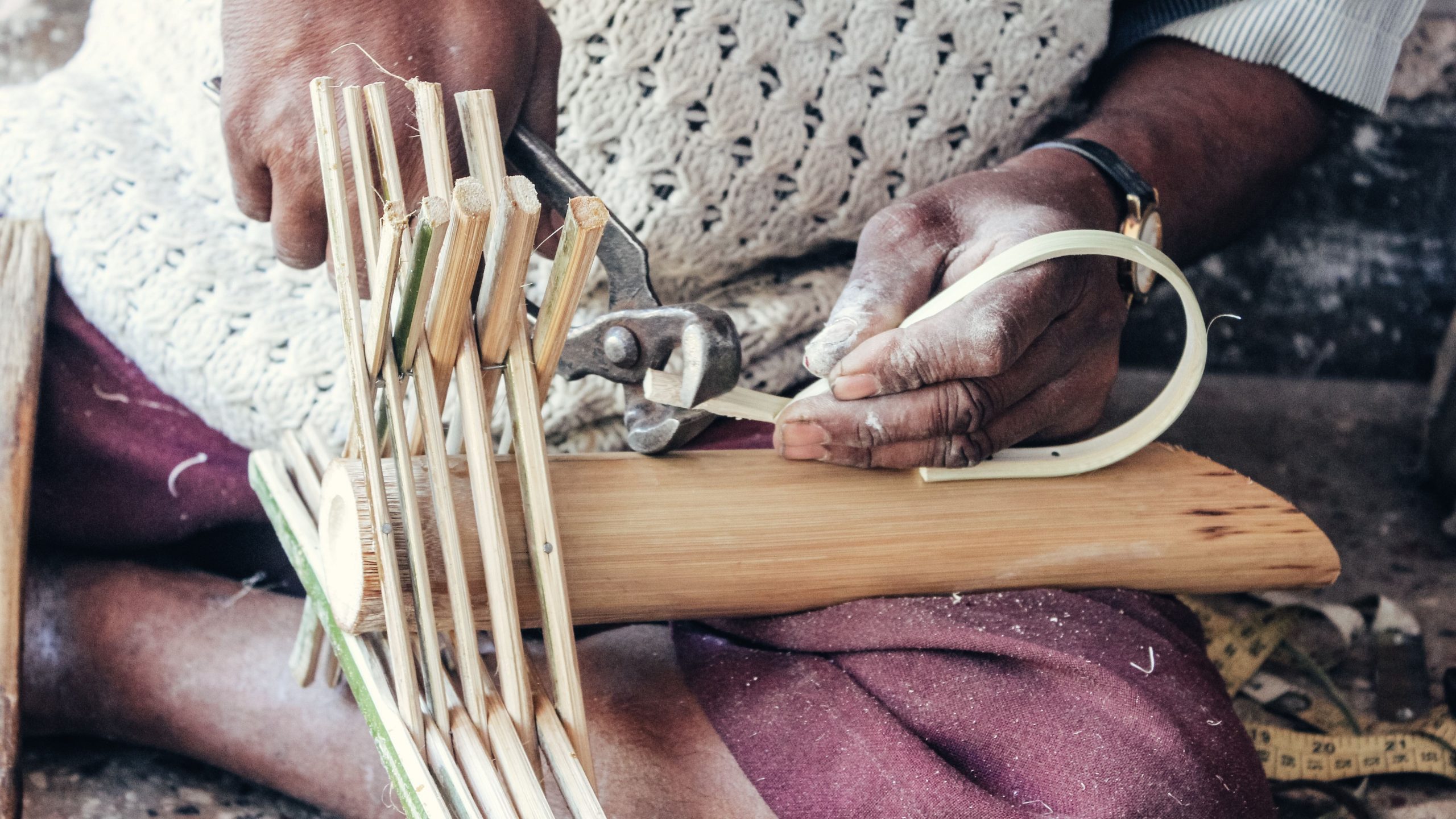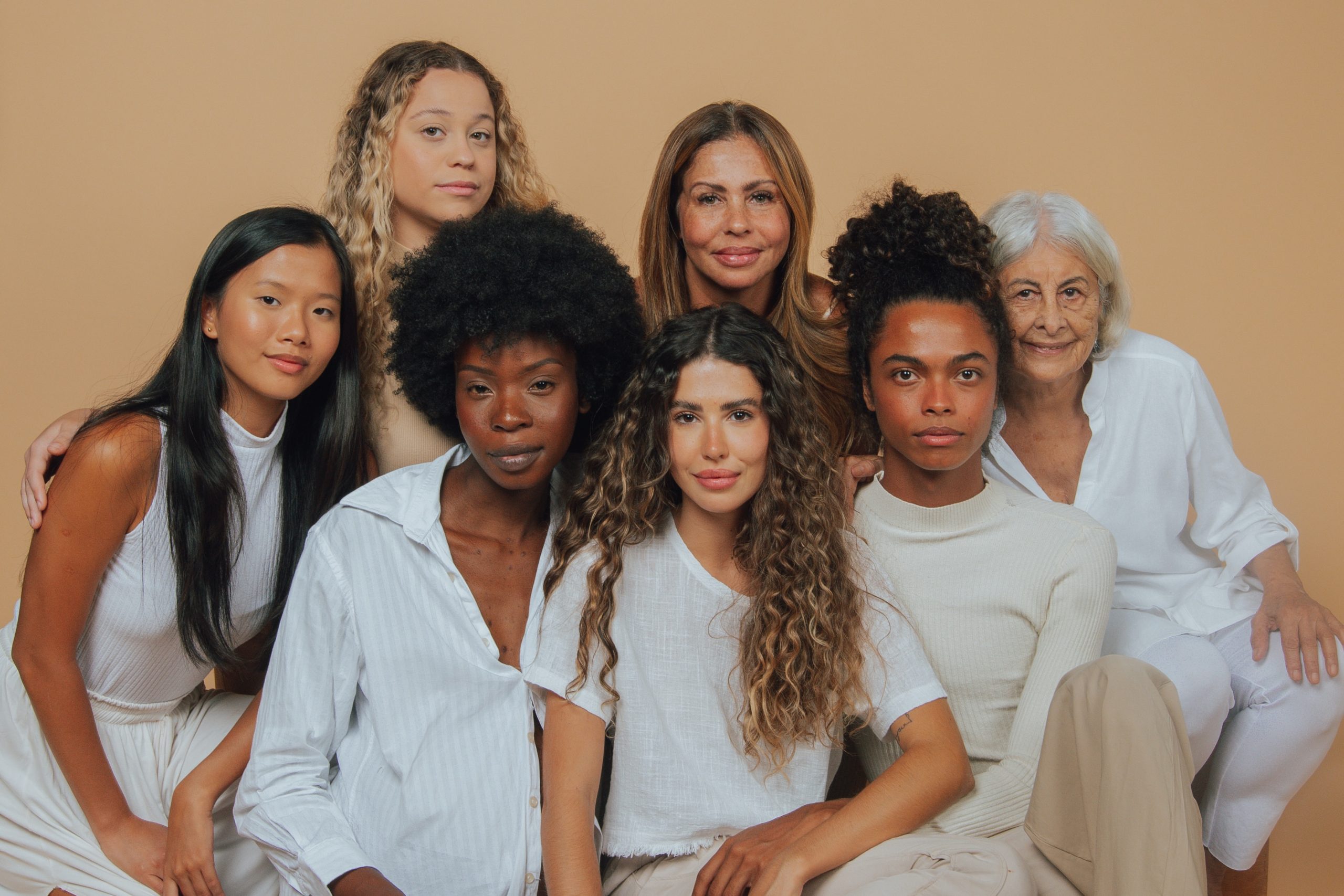The Tea
Madhubani is one of the traditional heritage arts of India, originating from the Mithila region of India. Although it’s a group of different art styles, the main essence and motive behind all of them remain the same. This art was traditionally used to decorate walls for auspicious functions. Today, the canvas of this art is much more diverse, and so are its themes and ideas.
The Brew
The evolution of Madhubani art has empowered the people of the Mithila region, providing them with the fame and appreciation they truly deserve.
How Did It Come To Be? The History of Madhubani Art


Intricate motifs, vibrant colors, and the curious eyes of characters looking at you. Flowing, colorful strokes tell the story of how Madhubani art originated.
The legend of Madhubani art comes starts with a royal wedding. When Seeta, the daughter of King Janak and princess of the Mithila kingdom, was getting married to Ram, prince of the mighty kingdom Ayodhya, the king wanted to decorate each house and wall of his kingdom with beautiful paintings. The task was commissioned to the artisan women of the land. The use of natural colors, designs, and patterns inspired by those artisans gave birth to art today known as Mithila art or Madhubani art.
I was fortunate enough to be born in the household of a small village in the Mithila region of Bihar state in India, where Madhubani art originates from.
Each and every corner of the walls in my home is decorated with patterns and motifs of animals, humans, birds, and trees. I grew up observing the experienced hand of my grandmother and mother coloring the motifs with paints derived from flowers and other natural substances. Their talent isn’t just limited to the walls; they spread the colors on canvas too.
Throughout history, this style of artwork was used to decorate walls and homes in the region until the massive earthquake of 1934 hit the land of Mithila. A British officer visited the land for inspection and was mesmerized by the art portrayed on the inner wall of a home deep in the village of Jitwarpur.
He captured some pictures of the wall painting known as “Bhiti Chitra”, and published them in an international magazine.
Soon the pictures – and the art of Madhubani – got their due recognition. Still, it was a drought many years later that expanded the canvas boundary for Madhubani painting. The art that was traditionally done to decorate home walls was now on paper, cloth, and other new materials.
This expansion of canvas gave wings of empowerment to the women of the villages of Mithila, who had been confined to the boundary of their homes until that point.
How Does Madhubani Art Empower Artists and Communities?


Unlike most industries in developing countries where male dominance is clearly visible, Madhubani art has always been a woman-dominated area. The art techniques are passed from mother to daughter or daughter-in-law. When this art form expanded onto canvas, it brought empowerment to the lives of the women of Mithila in numerous ways:
1. Enhanced self-confidence
The boundary of home not only confuses talent, but can also crush self-confidence. Thousands of women in the Mithila region, although very talented and creative, lost their self-confidence and succumbed to limiting beliefs due to lack of professional opportunities. Having access to canvasses where they could create Madhubani allowed them to showcase their creativity once more, helping them regain their confidence and amaze the world with their talent. The story of this transformation is what motivates me to believe in myself.
2. Newfound courage
My mother told me the story of Mahasundari Devi, which still gives me the courage to do things against all odds in society.
Mahasundari Devi broke societal norms of wearing the Purdah (Veil) in the year 1961, and picked a brush to color her feelings on canvas. She created her own niche in painting, and founded a cooperative society named “Mithila Hastashilp Kalakar Audyogki Sahyog Samiti” to empower artists to go one step further. Her courage has since helped women discover the creativity and success they deserve.
3. Career orientation
My grandmother was once only committed to household chores. She never felt appreciated for her skills. Mithila’s economic condition wasn’t that good at the time, but the wave of recognition of Madhubani art reached our doorstep. She took a chance and placed traditional wall art on a canvas, which not only helped her gain confidence, but also supported our family financially. She passed the tradition on to my mother, ensuring our family skill still runs in my blood.
4. Improved self-image
From depicting the harvest season to local markets, changing weather scapes, and children playing, Madhubani painting beautifully renders scenes from day-to-day rural Indian life. Depictions of wedding ceremonies, and the emotions attached to different symbolic events, are hard to communicate through words. With the help of this art, women can showcase their day-to-day struggles and life lessons in a more profound way. It’s a perfect solution for me to express my thoughts in a creative way.
5. Relevance
With the help of art, the women of Mithila showcase traditional themes while presenting contemporary issues in a unique manner. Issues like mental health, climate change, and gender discrimination have found their place in Madhubani paintings. Malvika Raj, a contemporary Madhubani artist, continually inspires admirers with her beautiful presentation of modern social issues.
6. Well-being and happiness
When women from rural India get their confidence back, are able to stand on their own feet and value their existence, they can arise and bring change to society. They help make society free and promote equality. They not only empower themselves, but inspire other people to bring change.
The Pour

The value of these paintings is more than just a piece of art for the people of Mithila. It is an integral part of our culture, our existence, and female empowerment.






















0 Comments for “6 Key Lessons On Self Empowerment Through Madhubani Art”